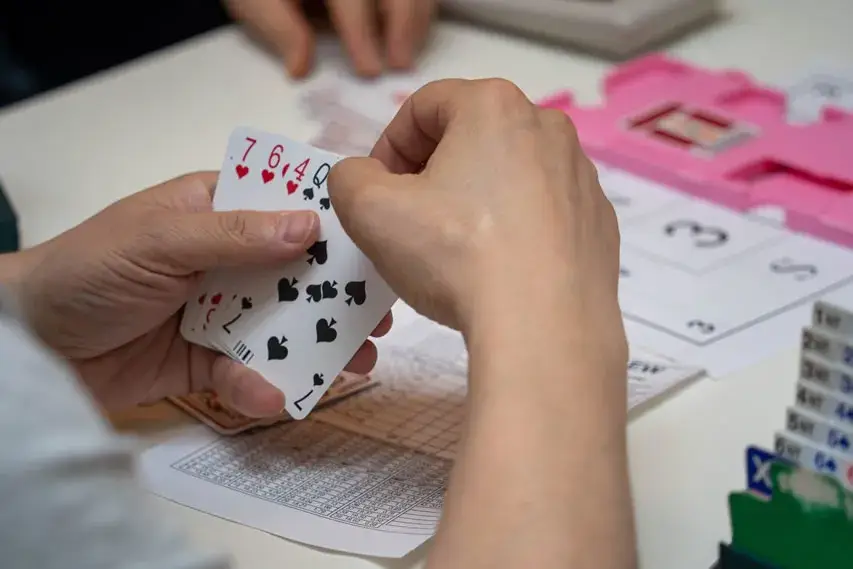As a card game that combines strategy, intellectual challenge and sportsmanship, it has come a long way from aristocratic entertainment to an official discipline recognised by the International Olympic Committee. The history of sports bridge shows how table competition became a symbol of intellectual sport. Thanks to special rules, evolving terminology and prestigious tournaments, the game has achieved a status beyond that of a mere hobby.
The origins of this discipline lie in the 19th century, when card games began to become popular among the European aristocracy. During this period, they became not only entertainment, but also a way to demonstrate intellectual and strategic skills. The origins of bridge are linked to the game ‘birich’, which originated in Turkey and spread to Britain. And the term itself first surfaced in London in 1886, reflecting the fusion of eastern and western traditions of card fighting. Stages of development:

Bridge gained popularity as a game that develops memory, strategic thinking and teamwork skills. By the 1930s, card parties became an integral part of cultural life in both Europe and the United States.
The second half of the 20th century was marked in history by the transition of bridge into the category of a sporting discipline. International tournaments organised by the WBF laid the foundation for the globalisation of the game. In 1954, the first world championships were held, with the best players from the US, Europe and Asia participating. Key moments:
International recognition:
 Bridge is an intellectual card game for four players in two teams. The main objective of each group is to win bribes according to a certain contract. A standard deck of 52 cards without jokers is used. The game is divided into four phases: deal, auction, draw and score:
Bridge is an intellectual card game for four players in two teams. The main objective of each group is to win bribes according to a certain contract. A standard deck of 52 cards without jokers is used. The game is divided into four phases: deal, auction, draw and score:
Characteristics:
Understanding terminology is crucial to play successfully, especially at the professional level. Basic terms:
The modern format has become incredibly popular thanks to advances in digital technology and international competitions. Online platforms such as Bridge Base Online have made the game accessible to millions of participants around the world. Tournaments and championships have become an important part of bridge’s cultural heritage. Popularity factors:
Bridge, as an intellectual game, has achieved international sporting status through the efforts of prominent players and important competitions. The history of the game is inextricably linked to personalities whose achievements and contributions have inspired generations:
Major tournaments:

 The history of sports bridge shows the uniqueness of this game, which combines intelligence, tactics and competitive spirit. With its rules, terminology and prestigious tournaments, the format remains an important part of the world’s sporting heritage.
The history of sports bridge shows the uniqueness of this game, which combines intelligence, tactics and competitive spirit. With its rules, terminology and prestigious tournaments, the format remains an important part of the world’s sporting heritage.

What can a marathon runner and a chess player have in common? At first glance, they seem to be two different worlds: one hurtling along the track at a furious pace, the other sitting at the board in silence. But the connection between sport and mind games is much deeper than it seems. They are …

The card game has come a long way from a simple game of chance to a recognised intellectual sport. The history of poker spans many decades and in that time the game has evolved from a cowboy pastime to a contest of wits that requires skill and deep analysis. How poker became an intellectual sport …